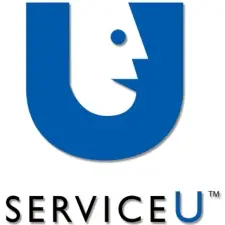Think back to a time where you entered a large organizational complex for the first time. Hospitals, high rises, university buildings, sports venues, and airports have one thing in common—people get lost in their mammoth footprints. Clear signage is a necessity, especially for people finding their way in a large facility for the first time.
I spend a fair amount of time on the road. I am in and out of airports, rental cars, and hotels on a weekly basis. I may be in two or three different airports in a single week. I am so thrilled that smart phones have GPS—man’s best friend when you are on the road. But I have learned that the GPS does not work very well inside the airport when I am trying to navigate my way to destinations within the terminal. However, most airports use the same, or very similar, iconic signs that allow me to find my way to key landmarks.
There are three signs that put me at ease and make me feel like “I can do this,” even if I have never been to that airport. Can you visualize these three signs?
- Men’s Restroom (always welcome after a long flight)
- Rental Car
- Baggage Claim
I can follow these signs and not look like that first-time traveler. I can proceed with confidence that I will be able to locate the restrooms and rental cars. These are all examples of way-finding.
In laymen’s terms, way-finding elements help lead a guest through the maze of a facility.
These elements can take the form of signage, floor markings, pathways, visual graphics, and even sound and smell. Any element that provides a sensory clue to a desired location can be considered way-finding.
These elements are not for your current attendees. Way-finding is for those not yet at your church, your guests. By providing way-finding—starting at the entrance of your parking lot and continuing throughout the campus experience—you reduce a portion of the walls that a first time guest may have erected. They are able to navigate the parking lot, the pedestrian access points, and circulation spaces without feeling and looking like “that first time traveler.”
In addition, wayfinding done right can be the landmarks for connection. “Hey Sam, I will meet you outside the double door with the large orange KID CITY sign.” These way-finding elements become part of the fabric of your campus, your culture, and your guest’s experience. Don’t see them as just signs or directional components. See them as part of how your facility tells the unique story of who you are and what you value.






